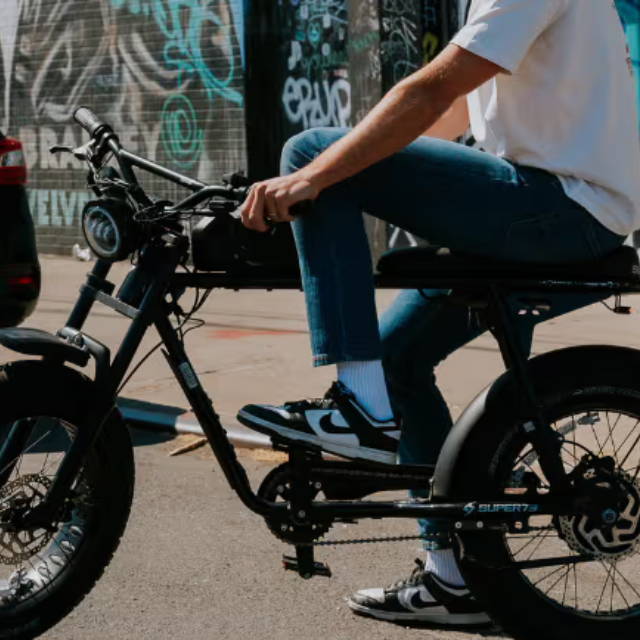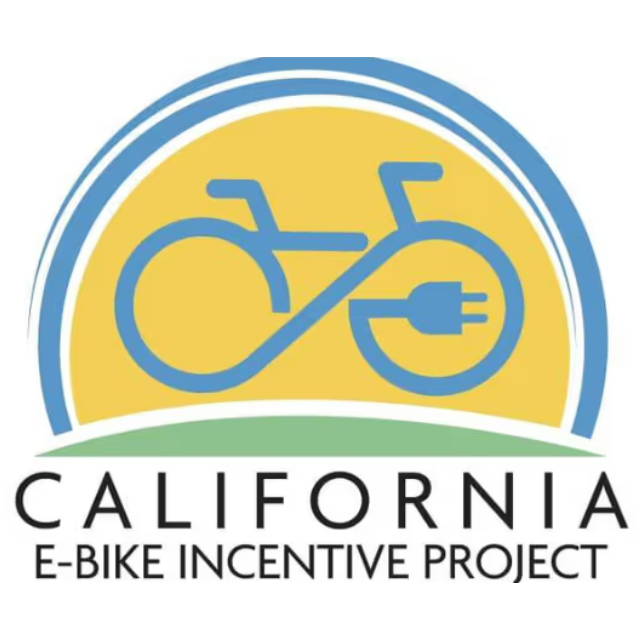Staying Legal: Class 3 E-Bike Laws
Written by: Rémy Rossi | March 14, 2025 | Time to read 5 min
Class 3 e-Bikes are the fastest breed of electric bike in the US. All that extra pace, though, can come with additional restrictions— here’s my take on the laws regarding Class 3 e-Bikes.

More about the Author: Remy Rossi
Rémy Rossi is a bike writer, mechanic, and educator who got his start in community-based bike shops and co-ops. With a decade in the industry, he still wrenches on bikes when he can and plays bike polo on a fixie.

What is a Class 3 electric bike?
Class 3 electric bikes provide pedal assistance up to 28 mph and do not have a throttle. If you’re not used to tracking your speed, 28 mph is seriously fast— so quick actually, that many multi-use paths and mountain bike trails prohibit Class 3 e-Bikes. The 28 mph (around 45 km/h) maximum pace is nearly double the legal e-Bike limit in Europe (25 km/h), so we’re lucky to even be allowed to go that fast in the US
These faster e-Bikes are ideal for riders who can safely take advantage of the extra speed, such as on open roads or wide bike paths that aren’t too busy. Class 3 models are particularly useful for commuters, as they can help keep up with cars and city traffic.

Laws regarding Class 3 e-Bikes
For example, New Jersey requires Class 3 e-Bike riders to have a valid moped license and registration. And California Class 3 e-Bike laws specify that riders must be 16 years or older, wearing a helmet, and not transport passengers.
You can expect most mountain bike trails to prohibit Class 3 e-Bikes. If the trail network allows electric mountain bikes at all, it will only be for Class 1 e-Bikes that top out at 20 mph and do not have a throttle. Additionally, many multi-use paths for cyclists, runners, and pedestrians have e-Bike class restrictions or speed limits. Because of their higher top speed, Class 3 e-Bikes are often the first type of assisted vehicle to be restricted from popular bike paths or trail areas. Look up your local information online and pay attention to signs at the trailhead or along the path to ensure you’re staying legal.

Can I just ride my Class 3 e-Bike at slower speeds?
The jury is still out on this unique circumstance, or rather, there isn’t uniform enforcement of the rules. Technically, you are still riding a Class 3 e-Bike and thus breaking the rule, even if you are riding responsibly or have limited the bike’s top speed. Mountain bikers are especially sensitive to making sure everyone follows these rules on trails and for good reasons related to safety.
🤝 Looking for a sweet deal?
Get an even better discount when you sell your old electric bike!
Click here for a price estimation!
Here we see the classic problem of following the intent vs. the letterof the law. Odds are that if you are riding under the listed speed limitand are traveling at appropriate speeds (especially if there are otherpeople on the path), you won’t run into trouble, even if you’re on aClass 3 e-Bike in a restricted area. Nobody is likely to report you norwill a cop or park ranger chase you down for zooming through the areaunsafely. But again, it’s smart to double-check the exact rules of theroad where you like to cruise and ensure you’re riding within the linesof the law.
Safety above all else

Key Takeaways
- Class 3 e-Bikes Face More Restrictions: With a top speed of 28 mph, Class 3 e-Bikes are often prohibited on mountain bike trails and multi-use paths. Always check local laws and posted signs to ensure compliance.
- Regulations Vary by State: Some states, like New Jersey, require a moped license and registration for Class 3 e-Bikes, while others, like California, enforce age limits, helmet laws, and passenger restrictions.
- Safety and Responsible Riding Matter Most: While some riders may limit their bike’s speed, laws still classify it as a Class 3 e-Bike. Stay aware of local regulations and ride responsibly to avoid conflicts and keep everyone safe.


